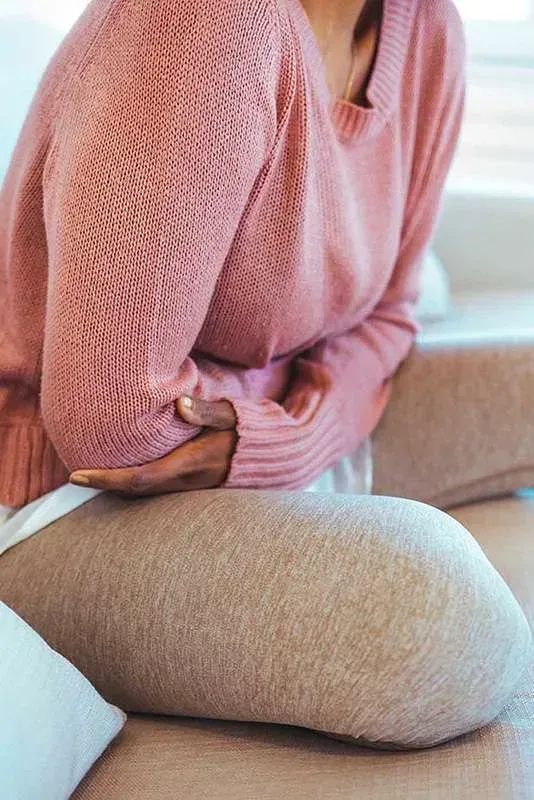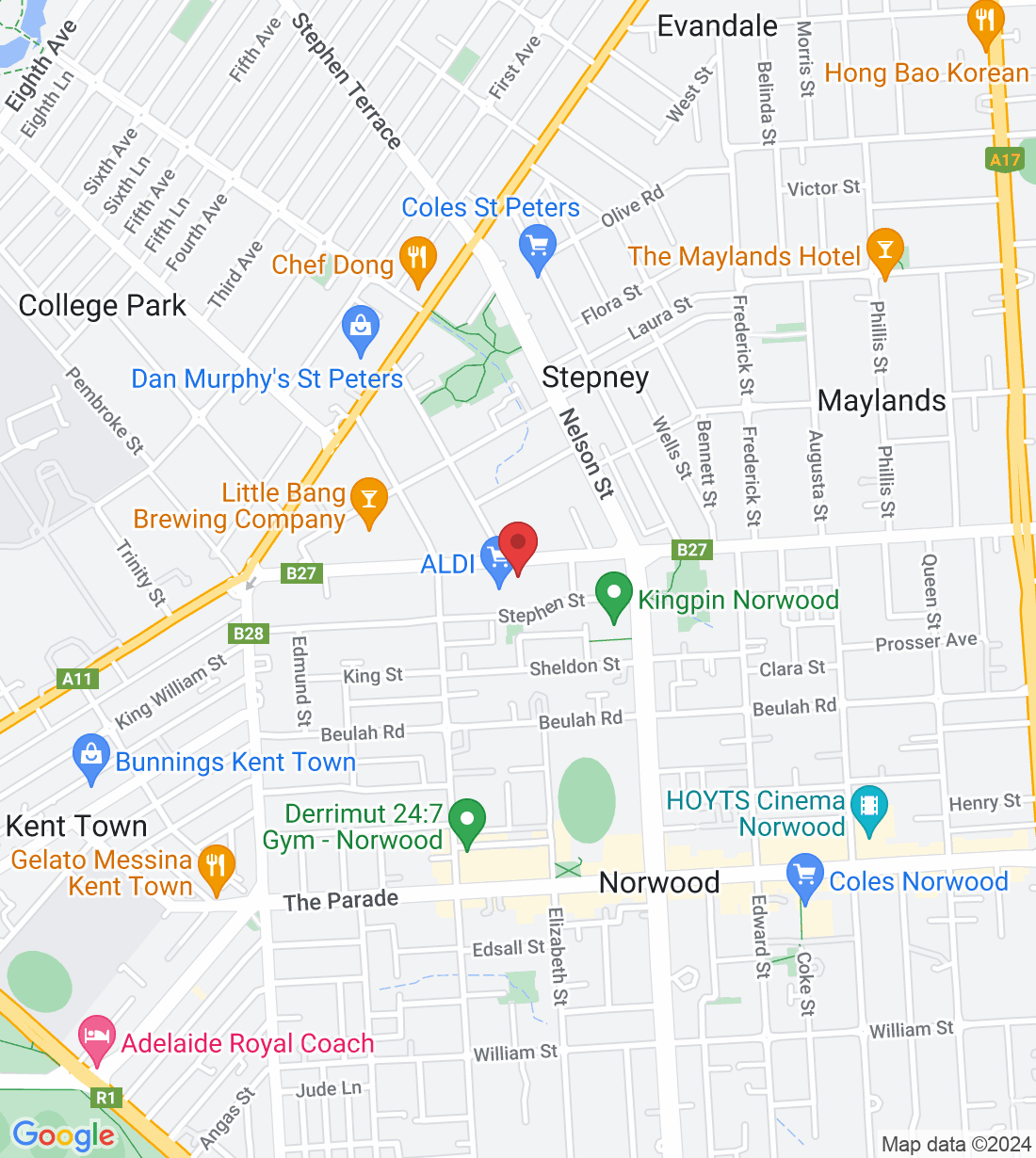
Vulvovaginal Pain : An overview
In this blog I'd like to introduce you to these very common, often very debilitating but usually not discussed conditions around the vulva-vaginal regions. By talking about these common conditions, we can all hopefully break the belief that it is a taboo topic and change it to what it is, a very common, very important women's health topic.
These disorders can cause pain in the Vulva (the external genitalia), Vagina (the birth canal) or other Pelvic regions. The pain can vary extensively from a dull ache, sharp, stabbing, burning, or cramping. The pain can be spontaneous in nature or provoked, meaning pain that arises with intercourse, menstrual cycle, tampon insertion, gynaecological exam or even sitting on a hard surface.
Persistent Pelvic Pain (PPP) is described as pain in and around the pelvis and lower abdomen that is felt most days and lasts longer than 6 months. You may be surprised to learn that it is thought to affect 15-25% of women! The pain is often debilitating, affecting every area of a woman's life. It is not uncommon for women who have PPP to other conditions such as Endometriosis, Adenomyosis, Painful Bladder Syndrome or others which can cause pain on their own. If someone has PPP and experiences pain with intercourse, they usually describe it as a deeper, more internal pain. These women can also experience pain with their period, during ovulation, when emptying their bladder and bowel and at other times.
Every woman's pain experience may be different but some common potential causes include problems with any of the pelvic organs (bladder, uterus the Pelvic organs), sensitisation of the neural pathways potentially due to a long term period of pain, physical and/or mental stress or hormone irregularities and/or issues with the musculoskeletal system.
Vaginismus is a condition categorised by the involuntary spasm (tightening/gripping) of the Pelvic floor muscles. As the muscles have trouble 'letting go' they cause pain in a similar way to other muscles that have worked too hard. Many women with vaginismus have pain with intercourse but also with activities such as emptying their bladder or bowel well and sometimes just exercising.
Vulvodynia is described as pain at the vulva which is the outside parts of a woman's genitalia. Women with this condition can find just wearing underwear uncomfortable. They often avoid jeans like the plague because of the irritating they cause on this outer tissue. Sitting on a hard can result in pain for hours or even days.
Pelvic Health Physio can help
When women come to see us at Vital Core, our aim as Pelvic Floor Physiotherapists is to identify what structure(s) are causing or contributing to the pain experience and why it is occurring. We also try to address any lifestyle factor that can be modified to make life more comfortable for the woman, such as body washes, lubricants, and types of clothing/irritants.
As part of our assessment, often, if appropriate a Vaginal examination will be performed, yet in numerous cases this is unable to be achieved. Other assessments can include external observation, assessment of the low back and outer pelvic structures, mobility and stability, abdominal wall function as well as breathing mechanics. There is so much we can assess and potentially change that can help.
In women with Vulvovaginal pain disorders, it isn’t uncommon to find that they may have an overactive Pelvic floor. This can be both the cause and the result of why they may be experiencing pain. Having an overactive Pelvic floor can also cause other issues such as incontinence, difficulty when emptying your bladder and bowel as well as constipation. For a muscle to be able to work efficiently it needs to be able to both fully contract and fully relax. If it is constantly held in a tightened and shortened position, it can’t relax which can lead to muscle spasm and potentially pain. In most cases our aim of treatment is to help facilitate muscle lengthening and improve muscle control. This process may include Pelvic floor relaxation, pain education, hip and pelvis structures as well as soft tissue release as appropriate.
In conclusion
Having Vulvovaginal pain can be an extremely debilitating and frustrating experience. Traditionally it is something that has not been spoken about and because of this, some women have lived with these issues for numerous years. Because of this a multi-disciplinary approach is often required, including the expertise of GPs, Gynaecologists, Psychologists and Pain specialists.
However, the first step can be simply making an appointment with a Pelvic Health Physiotherapist at Vital Core Physiotherapy and Pelvic Health.
Ask a question of Vital Core Physiotherapy
Fill in the form to request a Call From Our Team
One of our team will call you for FREE and answer any questions or concerns you may have about your condition
© 2023 Vital Core Physiotherapy





